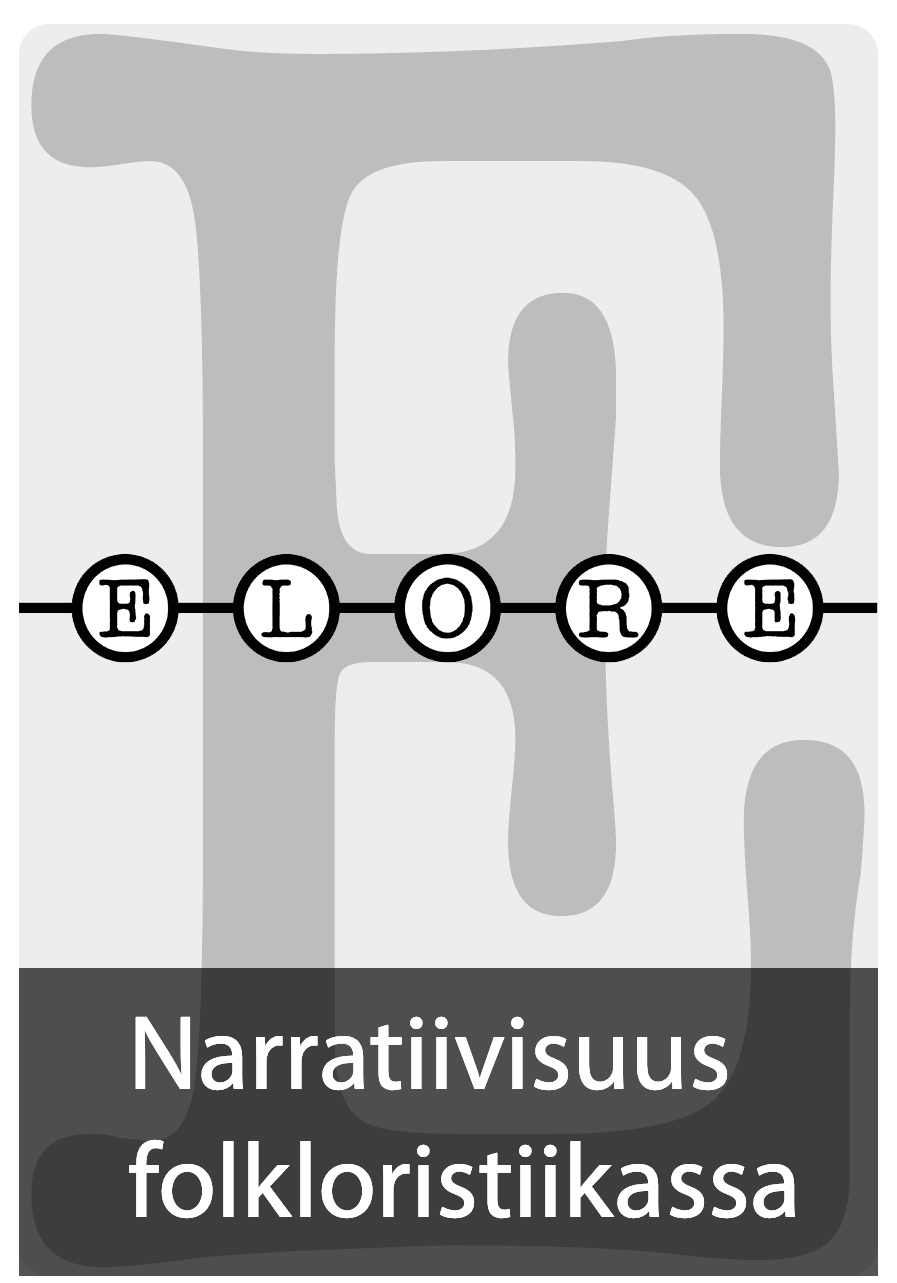Tilallista kerrontaa Turun linnassa
DOI:
https://doi.org/10.30666/elore.78628Abstrakti
In the course of seven centuries of its existence, the Turku Castle has changed from a medieval defensive structure to a Renaissance palace, and from the late 19th century derelict jailhouse to a prime example of the medieval built heritage in Finland. Today, for the first time in the castle’s architectural history, the Medieval, the Renaissance, the Modern, and the Present as architecturally constructed or reconstructed spaces can all be visited within the same hour. As a result, the monumental Turku Castle may be considered anachronistic and inauthentic. Combining the theoretical starting points of ‘space’ and ‘narrative’, the author approaches the castle as if it were a narrative (or a changing set of narratives), told in space but also through space. Viewing, for example, the restoration teams of the mid-20th century and the present day tour guides as creative narrators, the author attempts to look beyond the dilemma of anachronistic spaces. What transpires is an inter-connected web of texts and spaces, tangible and intangible narratives. The author’s analytical key to these narrative relationships is the threefold mimetic process of pre-figuration, con-figuration, and re-figuration, inspired by the writings of Paul Ricoeur.Tiedostolataukset
Julkaistu
Viittaaminen
Numero
Osasto
Lisenssi
Lehti noudattaa ns. timanttista avoimen julkaisemisen mallia: lehti ei peri maksuja kirjoittajilta ja julkaistut tekstit ovat välittömästi avoimesti saatavana tiedelehtien Journal.fi-palvelussa. Toimittamalla artikkelin Eloreen julkaistavaksi kirjoittaja suostuu syyskuusta 2024 alkaen siihen, että teos julkaistaan CC BY 4.0 –lisenssillä.Lisenssin mukaan muut saavat kopioida, välittää, levittää ja esittää tekijänoikeuksiin kuuluvaa teosta sekä sen pohjalta tehtyjä muokattuja versioita teoksesta vain, jos he mainitsevat lisenssin, alkuperäisen julkaisun (linkki tai viite) ja kirjoittajan alkuperäisenä tekijänä. Kaikki tehdyt muokkaukset on ilmoitettava.
Tekstien tekijänoikeus säilyy kirjoittajilla ja julkaistun version rinnakkaistallennus on sallittua. Tämä koskee myös ennen syyskuuta 2024 julkaisuja tekstejä. Rinnakkaistallenteessa tulee näkyä Eloren julkaisutiedot.
Julkaistujen artikkeleiden metadatan käyttölisenssi on Creative Commons CC0 1.0 Universal.





